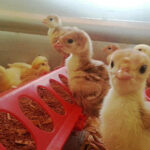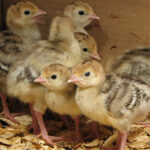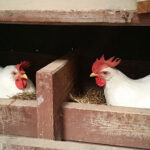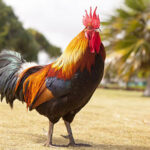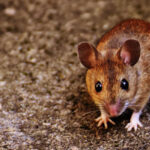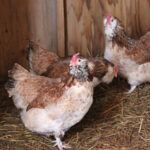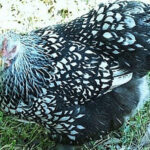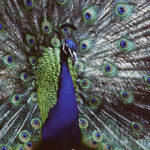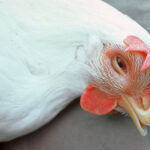
Infectious coryza is one of the most common bacterial diseases of backyard chickens. It is, in fact, the chicken version of the common cold. Avibacterium paragallinarum bacteria cause this respiratory disease. Like the common cold, infectious coryza is particularly prevalent in the fall and winter, especially in the southeastern and northeastern United States and in […]
Continue Reading
